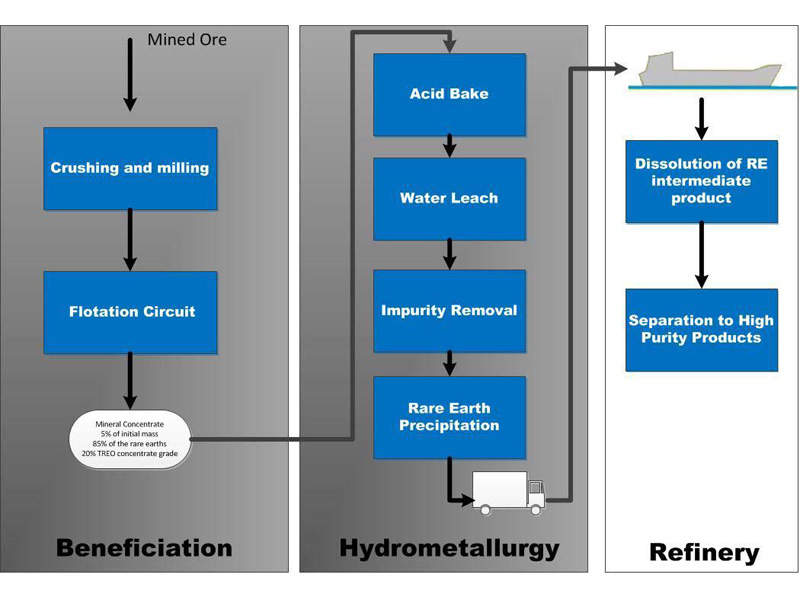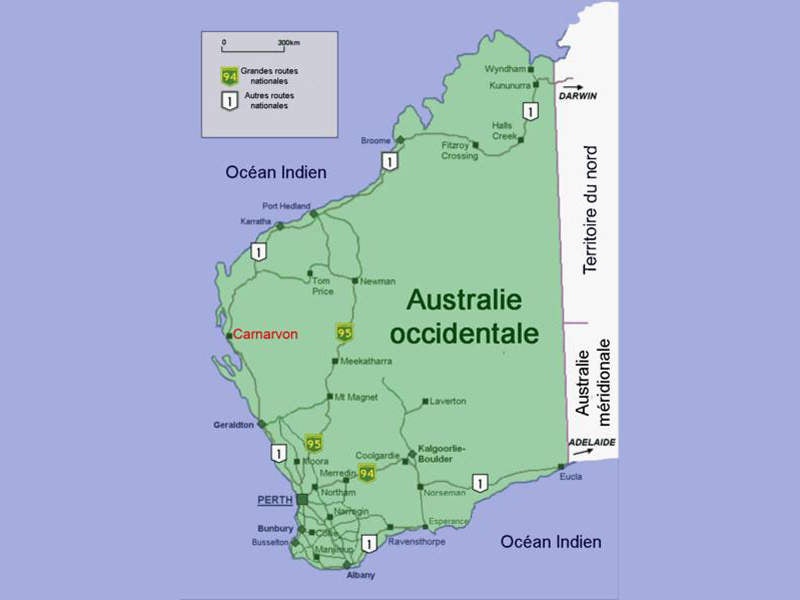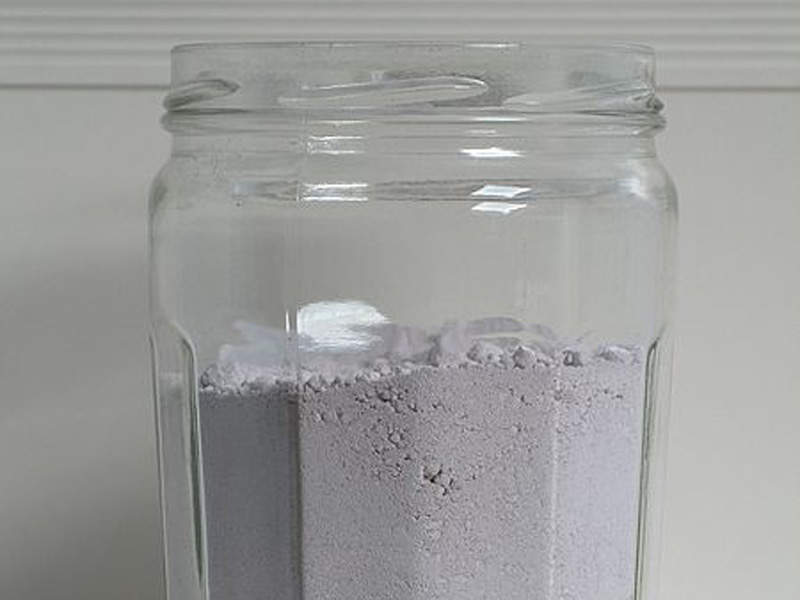The Yangibana Rare Earths Project, integrating nine mining licences (MLs), is located in Wanna Station, approximately 270km east-northeast of Carnarvon, in the Gascoyne region of Western Australia.
Covering an area of 16.6km², six of the MLs are 100% owned by Hastings Technology Metals, while the remaining three MLs cover an area of 31.2km² and are held by the joint venture of Hastings (70%) and Rare Earth Minerals (REM-30%).
The scoping study for the project was completed in November 2015; the financial analysis for the pre-feasibility study (PFS) was completed in April 2016. The final investment decision for the project was published in March 2019 after the revision of the initial report.
The construction will be carried out in two phases. Phase one commenced upon receipt of the Environmental Protection Authority (EPA) approval for early site works in the second half of 2018.
The second phase is expected to commence in the third quarter of 2019 upon receipt of the final environmental licences. The mine is estimated to have a lifespan of ten years.
The overall investment to bring the rare earths project into production is estimated to be A$427m ($293.8m).
Yangibana Rare Earths Project geology and mineralisation
The project area primarily consists of granites of the Durlacher Supersuite, with rafts of older sedimentary rocks found within these intrusives. The monazite mineralisation at the site is primarily hosted in narrow and outcropping ironstone dykes.
The ironstones form part of an extensive rare earth element (REE)-mineralised system associated with the Gifford Creek Carbonatite Complex. The project will involve the development of the Bald Hill South, Fraser’s and Yangibana West / North deposits.
Reserves at the Western Australian rare earths project
As of November 2017, the project was estimated to hold JORC measured, indicated and inferred mineral resources of 21.7 million tonnes (Mt) grading 1.17% total rare earth oxides (TREO) including 0.39% of neodymium oxide (Nd2O3) and praseodymium oxide (Pr6O11).
Mining and processing for Hastings Technology Metals’ rare earths project
The mining method envisaged for the project is the open-pit mining method integrating standard drill and blast, and truck and shovel operations, performed by a mining contractor.
The processing facilities proposed include a beneficiation plant integrating a crushing and milling circuit, and a flotation circuit, a hydrometallurgical plant integrating acid bake, water leach, impurity removal and rare earth precipitation facilities.
The double sulphate concentrates recovered from the hydrometallurgical process will be exported to contracted refiners, to be further separated and refined into individual rare earths oxides. Hastings Technology Metals is currently negotiating off-take contract agreements with potential customers in Vietnam, China, Japan and Europe.
Infrastructure for the Wanna Station rare earth mine
The electricity required for the project will be generated by diesel-powered generators or solar panels, whereas the required water will be sourced from bore wells at the site.
Other major infrastructure at the site will include a tailings storage facility (TSF) with a designed life of ten years, access roads, freshwater storage ponds, temporary concentrate storage facilities, an accommodation camp and airstrips.
Key players involved
The front-end engineering design (FEED) contract was awarded to DRA Pacific, while Mount Magnet Drilling was contracted to perform the reverse circulation and diamond drilling activities during the PFS stage.
The scoping study for the project was compiled by Snowden Mining, with inputs from the consultants, who are involved in compiling the PFS.
The consultants involved in compiling the PFS are Tetra Tech Proteus (TTP) as the lead consultant, Snowden Mining for the mining studies and resource review studies, and Core Process Engineering for the process design, hydrometallurgical and separation test work.
ATC Williams is also involved in conducting the water management, waste rock and tailings studies, Ecoscape is conducting the environmental approvals and permitting studies, Radiation Professionals is conducting the radiation management studies, and Austwide Mining is conducting the heritage protection and native title studies.






